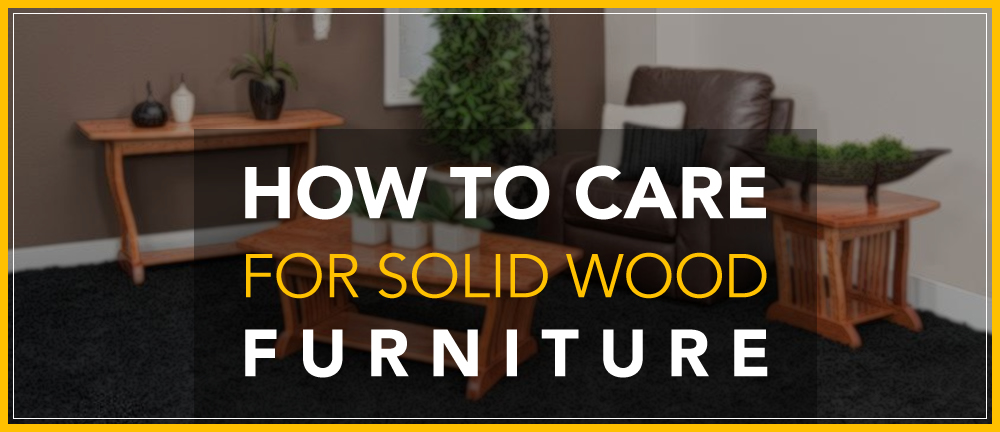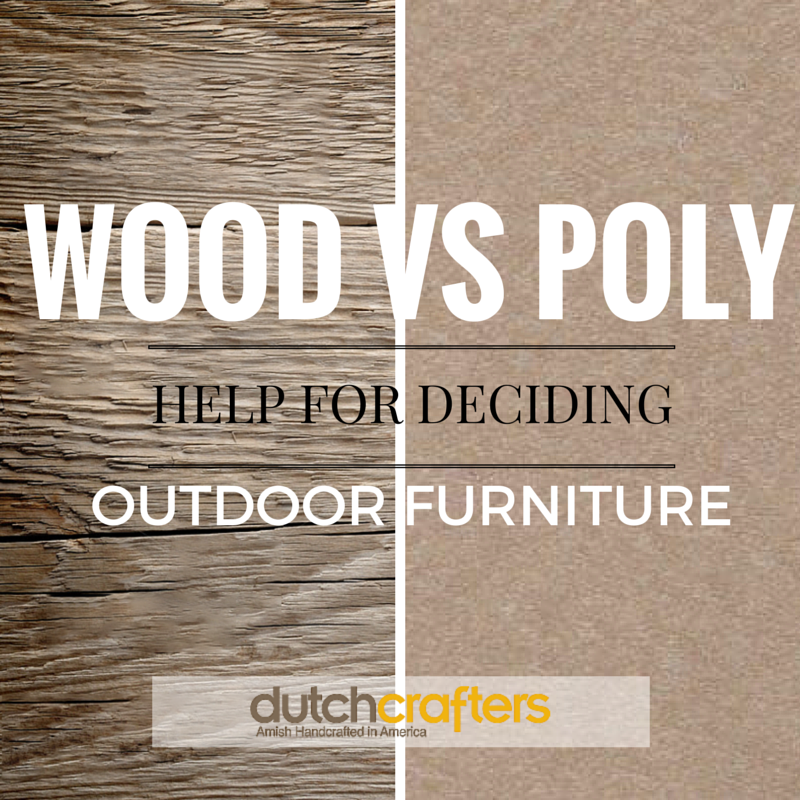
3 Ways to Grow Herbs for Fresh Kitchen Flavors and Good Garden Looks
Read on for our top tips, tricks, and ideas for bringing a little touch of the countryside to your space. Whether you’ve got a garden, porch, deck, balcony or windowsill, we’ve got the tools and planters you need to grow herbs for a beautiful and bountiful herb garden!
The Amish woodworkers that we are proud to call our colleagues come from some of the most skilled farming families in the world. Their heritage teaches them to care for and conserve the land around them – and what better way to celebrate this year’s Earth Day than to start a small culinary garden of your own?
1. Keep it Simple
The most important thing to remember when planning your kitchen herb garden is to keep things simple. A few key herbs, bought either as plants or as seeds, will see you right. Try to group them by their needs in a planter – we’ve broken down some easy lists to get you started.
Herbs that are hardy and easy to grow – such as parsley, bay tree, dill, chives, and mint – will happily grow in almost any environment. They’re pretty resistant to overwatering, and they won’t get too mad if they’re not bathed in sunlight either. Their flavors form the base for several distinct styles of cooking, too!

Our wagon wheel window box planter and country pine window planter would LOVE some little herbs to grow!
Slightly more delicate herbs such as oregano, rosemary and thyme will need a little more care and a lot more light. These three in particular are sensitive to overwatering, but their deep flavors and beautiful fragrances are well worth the extra effort.
And if you’re ready for a real herb-growing challenge, more exotic herbs such as basil, sage, and cilantro will give you a bit harder time – but with an amazing flavor payoff. Some varieties of basil are easier to grow indoors (the African Blue variety is a popular example), and your best shot at getting the plant to grow will always be in a warm, sunny spot during the months of summer. All of these three are very sensitive indeed to overwatering, but taking good care of them will yield some of the most vibrant tastes available in nature.
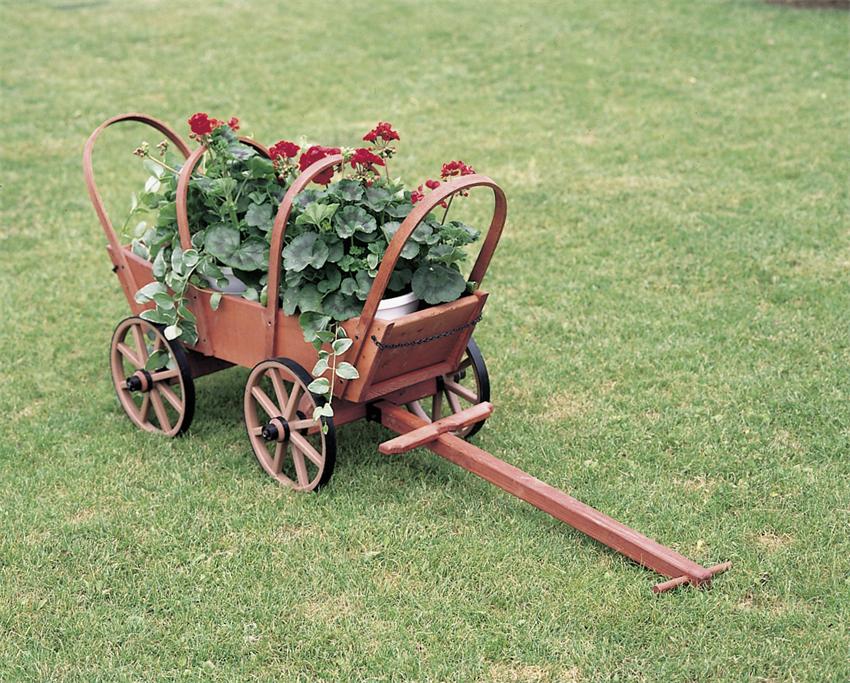
Our covered wooden wagon planter makes a wonderful home for kitchen herbs!
2. Feeding Time
Just like all plants, your herbs will need a little sustenance to grow! Using good, soft, organic soil as the base for your herb kitchen is the absolute best place to start, but there are a couple of things you can do to make your herbs the best they can be.
Mediterranean herbs like basil, rosemary, and thyme grow well with a little extra lime, so consider adding some crushed uncooked eggshells to their planter for an added boost.
A good organic fertilizer such as fish emulsion is a good idea too. Be warned though – when it says it smells an awful lot like rotting fish, it is not exaggerating!
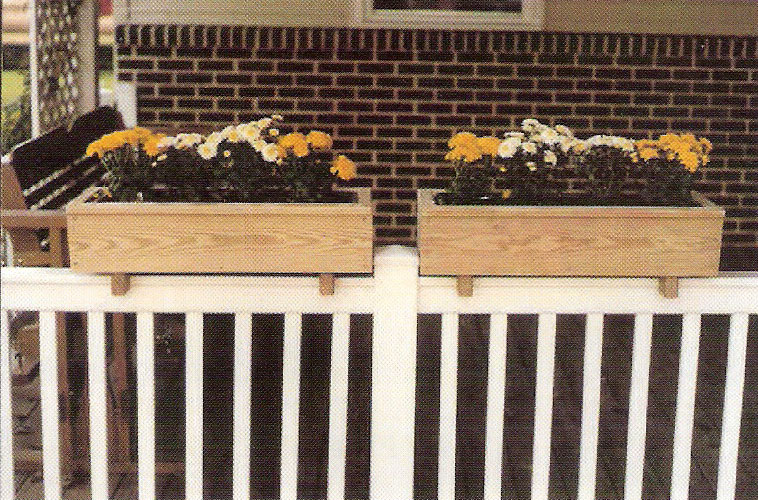 The super-convenient pine railing planter makes it easy to give your growing herbs the nutrients you need!
The super-convenient pine railing planter makes it easy to give your growing herbs the nutrients you need!
3. Room to Grow
Like all living things, your herbs are going to need space to grow. When planning which herbs to grow and where, it’s important to make sure that you have no more than three plants per ten inches of surface space in your planter. This will give all the plants the space that they need.
Additionally, when it comes time to harvest your herbs, be careful to never take more than one third of the leaves off at any time. Cutting like this promotes healthy growth, but taking any more will slow your plants down!
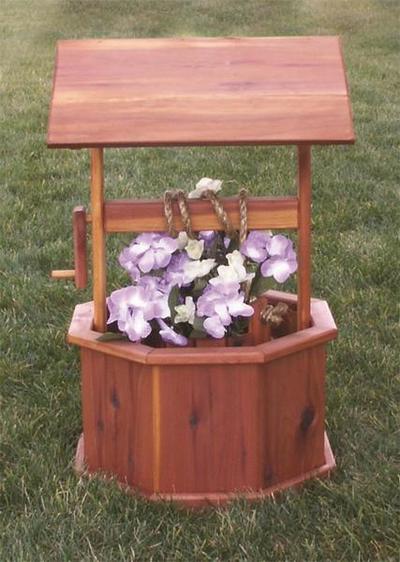 Wishes – and herbs – come true with this cedar wishing well.
Wishes – and herbs – come true with this cedar wishing well.
Have Fun!
Whatever herbs and planters you choose for your culinary garden, don’t forget to have fun! Earth Day is about enjoying the bounty of the land with respect – and we can’t think of a better way to celebrate than this. Happy Earth Day!


